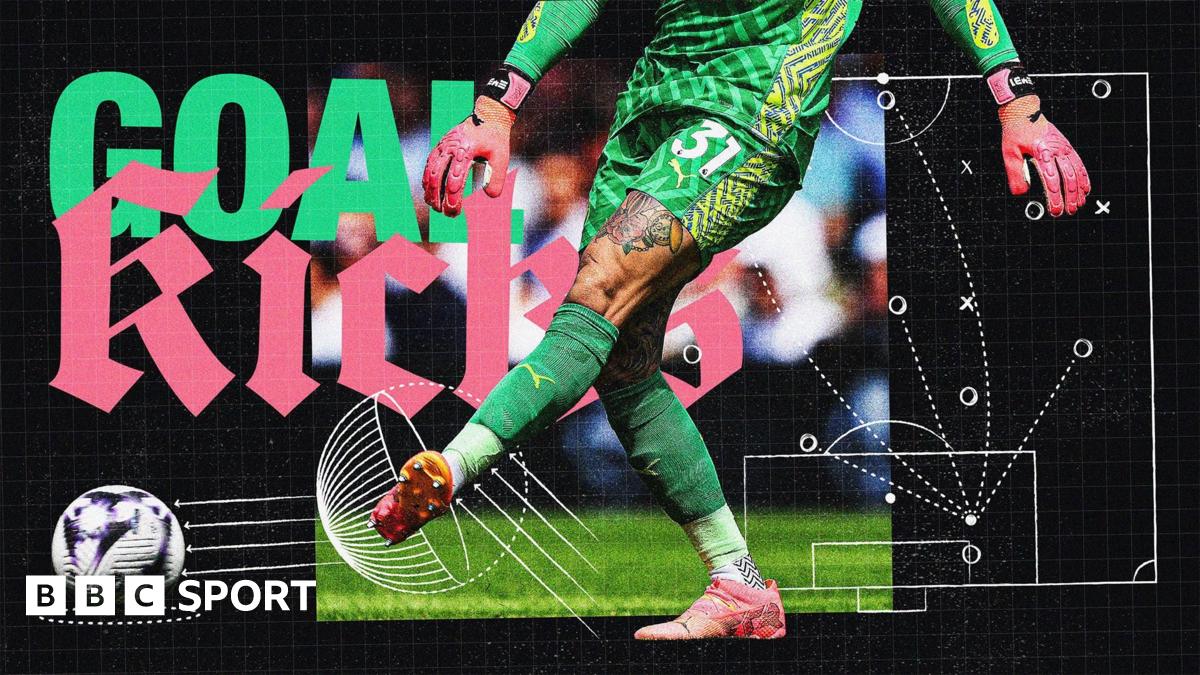For 2019-20, the International Football Association Board (IFAB) introduced a new rule allowing goalkeepers to pass the ball to team-mates inside their penalty area from goal-kicks, having previously only been allowed to pass outside the box.
At the time, the body said this change would result in “a faster and more dynamic/constructive restart to the game” that would “reduce time lost/wasted”, suggesting it would cut down on defenders time wasting by playing the ball before it leaves the area – knowing it would result in the goal-kick being retaken.
The rule was buried among several other changes, suggesting the lawmakers perhaps didn’t quite anticipate the impact it would have.
But since then goal-kicks have got shorter and shorter, and now it is common to see two centre-backs standing alongside the goalkeeper inside their own area in preparation to build an attack.
It is even happening lower down the English football ladder, with the number of goal-kicks ending in their own half in the Championship now around the same as in the Premier League.
“Coaches have recognised that they can harness the opposition’s enthusiasm against them,” former Manchester City goalkeeper Karen Bardsley told BBC Sport.
“This can be done by utilising deeper starting positions from centre-backs, full-backs or midfielders.
“Enabled by the rule change around goal-kicks, we have started to see these passes in the box to try to draw the opposition’s press – it can be loads of them, or maybe just a few, to entice opposition players to an area, a side, or to commit more players even higher.
“Additionally, in response to the high-pressing approach, some teams are allowing players to stay high in the opposition’s backline, which forces the opposition’s midfield to make a decision.”

